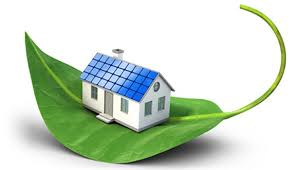Environmental effects to a solar panel installation is another reason why Solar PV Installations should be monitored after installation, in order to maintain the solar panel’s effectiveness.
Solar Panels either ground mounted or roof mounted are designed to have as much exposure to the sun as possible, in order to be effective at generating energy, with that intentional exposure comes the risk of not just absorbing the suns’ rays but also exposure to dirt, which has a tendency to accumulate and over time cause a reduction in the efficiency of the PV system and in turn the installations system performance.
Weather is a potential concern, but I would think less so, as the PV cells are specifically designed and strenuously tested against harsh weather conditions, including wind, hail, rain etc.
Less predictable events however are more difficult to test for, examples of objects striking the panels either carried around by strong winds or in some cases dropped by birds! Potential physical damage to one or more of the PV modules that make up the entire solar panel, and while one damaged cell will not prevent the system from operating, it will be operating at reduced efficiency, and unless noticed, it could be operating at reduced efficiency for many years.
Part of the environmental hazards include damage and sometimes corrosion to cabling and connectors used by the Solar PV Installation, something as simple as moisture ingress can cause performance degradation or even increase the risk of a fire within the PV system.
Ideally utilised during the sunnier times of the year, solar panels have been built to be resilient and efficient, they have to be as once a PV system has been installed it will be there for many years to come. There is no way to guard the solar panels against all that mother nature may throw at them, but some reasonable monitoring after the initial installation is a great way to determine possible risks to the Solar PV Installation.















